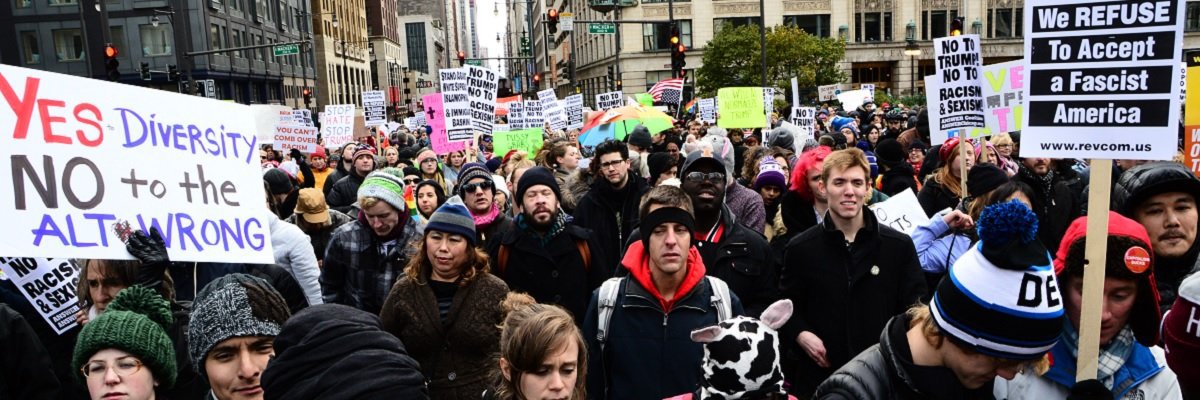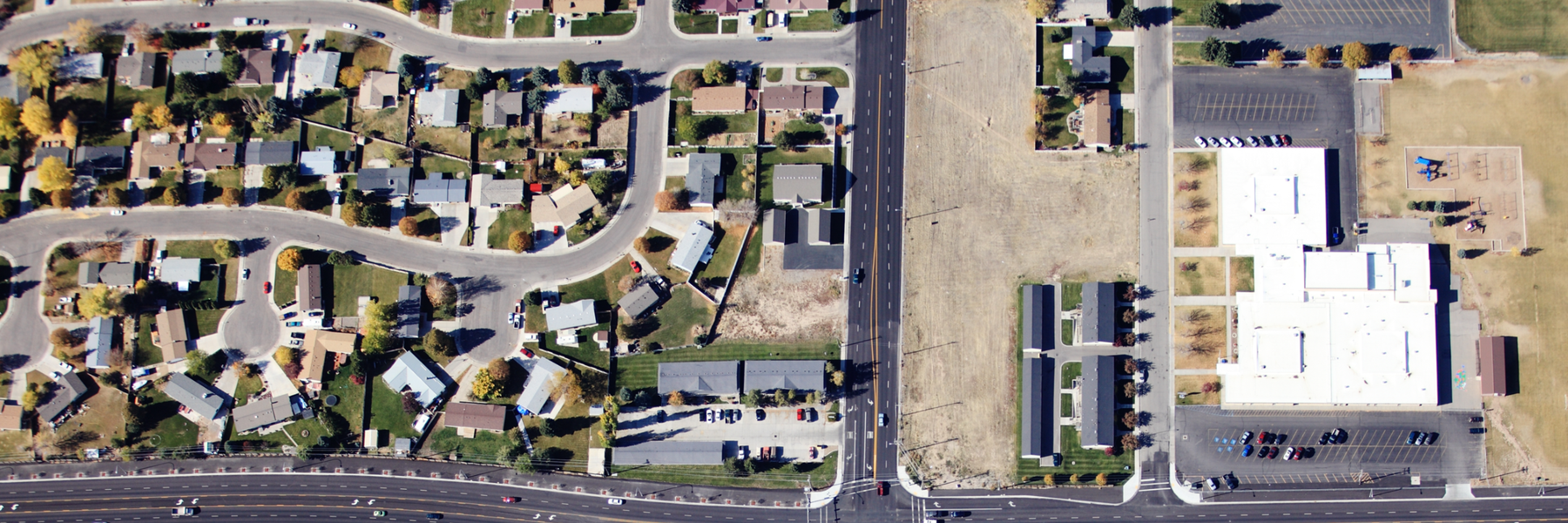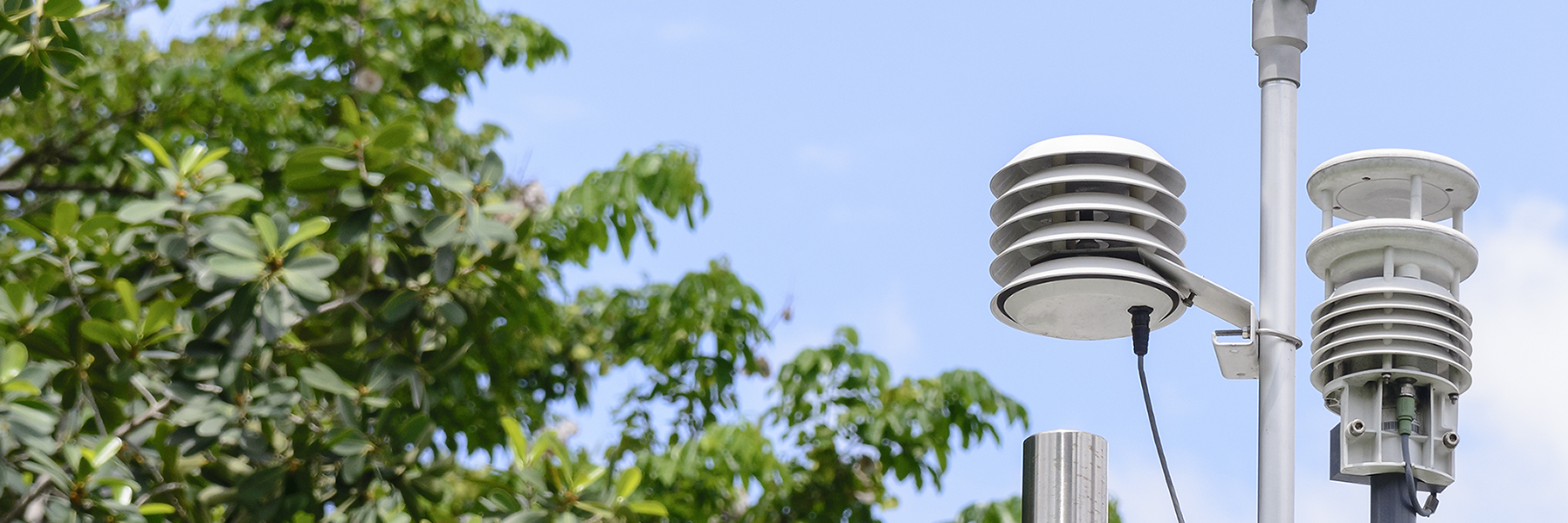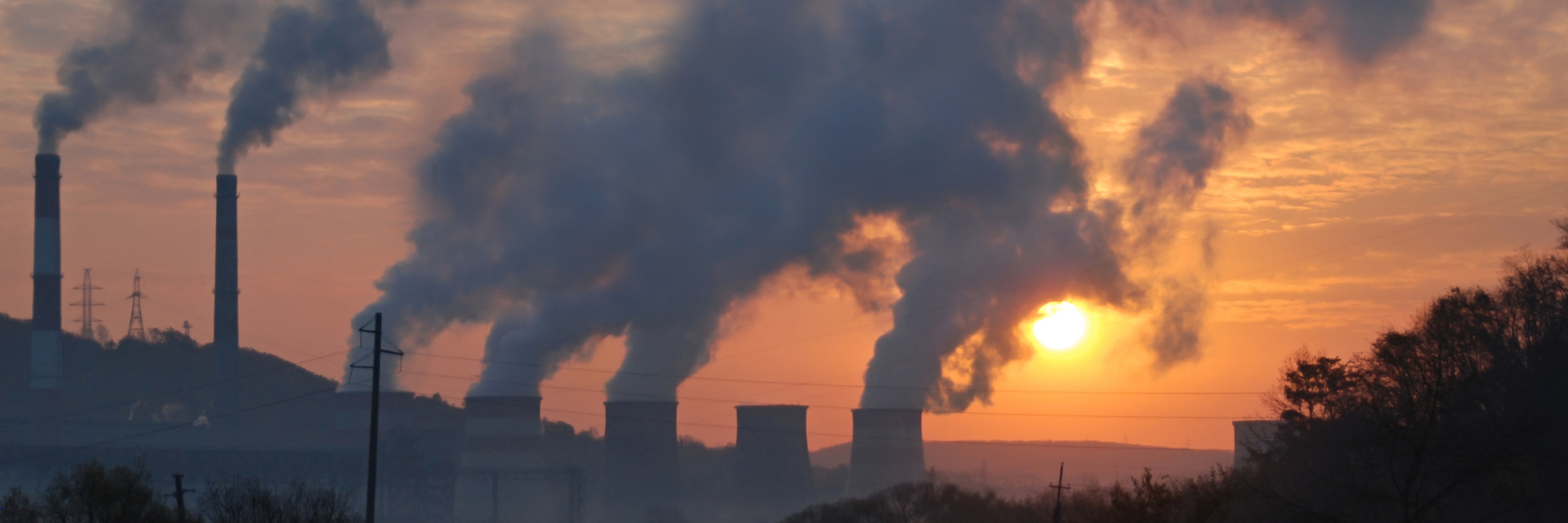In a democracy, the power of the people comes from the ability to hold their government accountable. We’re launching a project to provide a comprehensive list of FOIA resources that will help you to prepare, participate and investigate protests.
Today, we’ll be looking at what to look out for during a protest.
Police Documents
Be aware of documents that could involve protests and confrontations with police:
Arrest Reports / Data:
Whether lawful or unlawful, arrests at civil gatherings can speak volumes about government tactics for suppressing social and political movements. Crimes such as trespassing, destruction of street passage, failure to comply with order of police officer, use of language to incite violence, refusal to disperse and resisting or interfering with arrest are common charges at protests. The inflamed climate of Ferguson during August of 2014 saw journalists and citizens alike arrested on “noises prohibited” charges during protests …

only to later have those charges exceptionally cleared following public outrage.
Similarly, at Disrupt J20, a protest decrying the Inauguration of Donald Trump, reporters were charged with felony rioting charges for covering the chaotic event. The charges were subsequently dropped, but speak to the heightened threat of detention - a proposed law known as SB 1142 in Arizona threatens to charge activists with criminal conspiracy or racketeering for simply participating in a protest.
Use of Force Reports and After Action Reports:
Similar to Use of Force Policies, Use of Force Reports are important for determining the level of severity that occurs during police confrontations with citizens. A request for reports with the Massachusetts State Police released charts outlining their yearly totals, which showed an alarming increase of cases from 2015 to 2016.
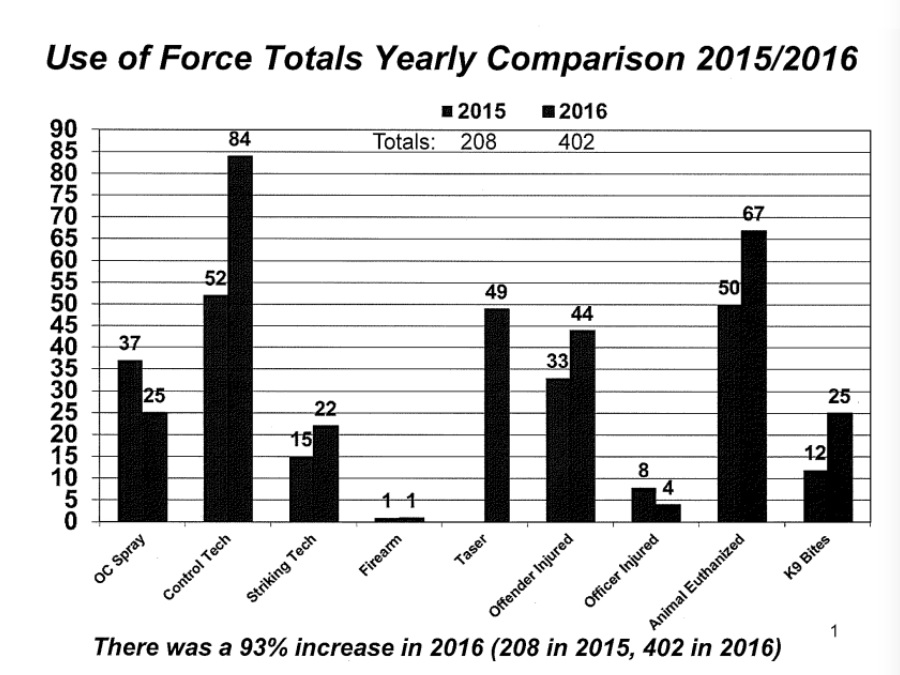
After Action Reports can play a critical role in deciphering how protests continue to influence how the police view and treat assemblages of free speech. Tie down your report by tightly limiting the time frame, location and incident that occurred. Follow up that this information should encompass any lessons learned, findings, or recommendations pertaining to the protest or incident. A report generated by the National Guard amidst the Ferguson unrest illuminated how authorities are extremely aware of the impact media coverage can have on their performance in a crisis.
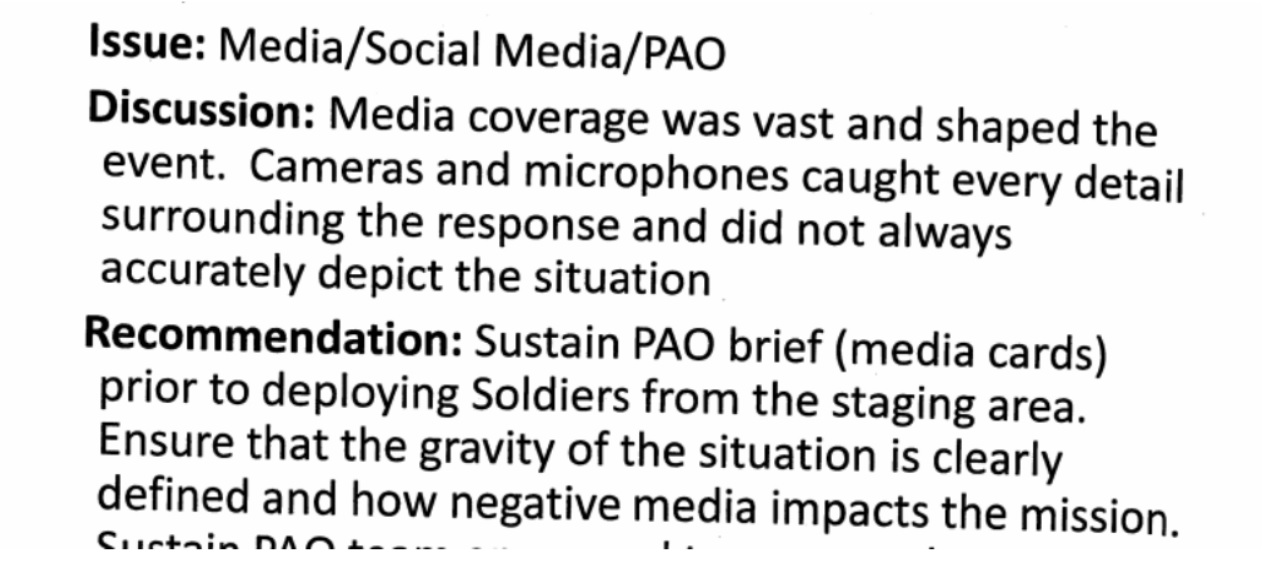
Body Camera Footage:
While potentially a vital source for maintaining police transparency and accountability, records regarding body cams can be difficult to pull because of varying degrees of policy – less than half of states have actual laws concerning their use.
Additionally, requesting multimedia captured by police can already be grueling because departments can state an individual has the right to privacy, or the files are involved in an on-going police investigation. A request sent to the Los Angeles Police Department for body camera policies reveals an apparent loophole that allows them to monitor crowds and “spontaneous statements” made by detainees using personal recording devices.
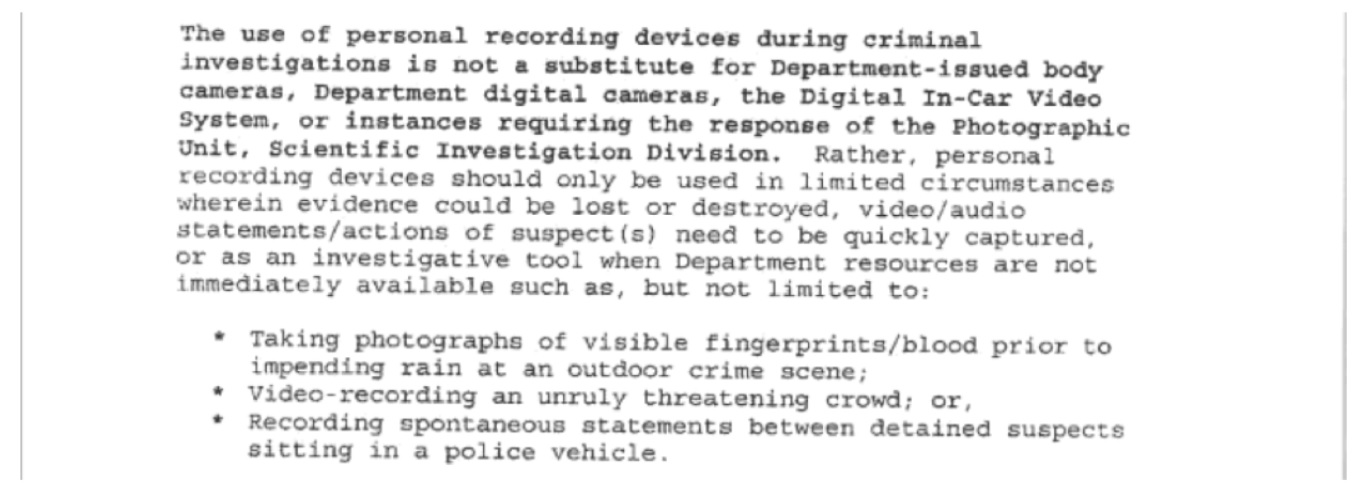
While you may not be able to access actual body camera footage, knowing which departments utilize the equipment can be useful for determining the level of transparency within a police faction. Requesting files on guidelines and policies can help determine how committed to accountability they actually are, although the lack of consistent standards nationwide and limited access of civilians to footage still leave much to be desired.
Special Threat Event Assessments and Situational Awareness Reports
SETAs are documents created by the FBI to inform law enforcement, intelligence. and public safety officials of possible threats that could occur during a special event. A myriad of FOIA request made through MuckRock show the indiscriminate nature of SETAs, garnered for everything from The Boston Marathon, Mardi Gras, St. Patrick’s Day Parades A Situational Awareness Report - similar document at the state level - released by the Massachusetts State Police revealed that the agency was keeping tabs on the amount of likes a protest group had received on Facebook.

These sorts of files are on the more analytical spectrum of police documents because they cross-reference similar scenarios from the past. SETAs allow us to divulge into the mind of law enforcement because they reveal authorities’ hopes and fears for future events.
No Fly Zone Documents:
A No Fly Zones is a military ordinance that bans aircrafts from flying over a designated area. Violators run the high risk of being shot down and the tactic is typically limited. For 12 days in August of 2014 following an unprecedented no-fly ban, the skies of Ferguson, Missouri were clear despite the turmoil below.
Originally defended by the Missouri Police as a defense for protestors shooting at helicopters (an incident that was never confirmed) their underlying commitment to obstruct media transparency was leaked in audio recordings by the Federal Aviation Administration.
Check back next week for what to request from the day after.
Image by Ben Alexander via Wikimedia Commons and is licensed under CC BY 2.0
